Tatton Park Gardens
OS grid ref:- SJ744814
Tatton Park near Knutsford boasts 50 acres of beautiful gardens which reflect over 250 years of garden design. The gardens are renowned for their remarkable glasshouses, the Japanese Garden, considered the finest in Europe and the extensive Kitchen Gardens.
The Italian Garden and the Pleasure Gardens
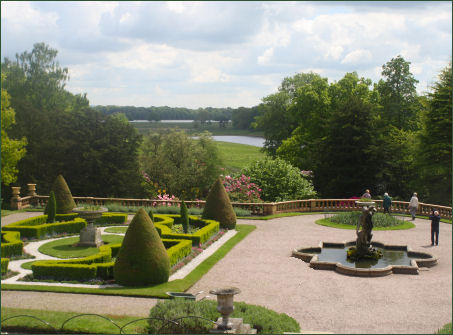
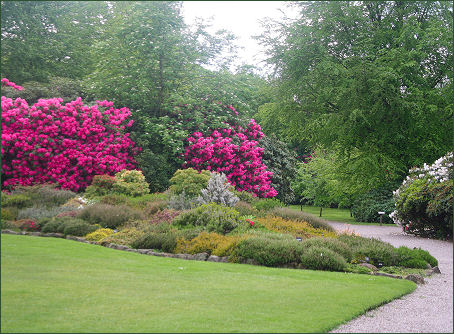
Lewis William Wyatt and Joseph Paxton, architect of Crystal Palace, designed various elements of the gardens including the Conservatory. Up until the death of Maurice, the Last Lord Egerton of Tatton, in 1958 the gardens continued to be enhanced and enjoyed by each owner of Tatton Park.
The Gazebo and the Tower Garden
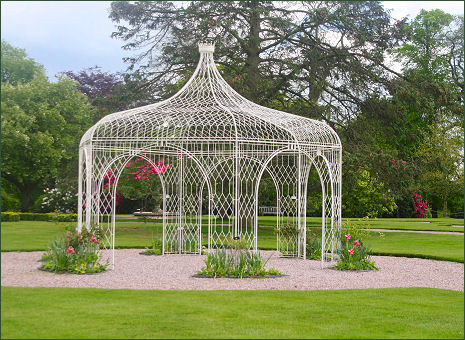
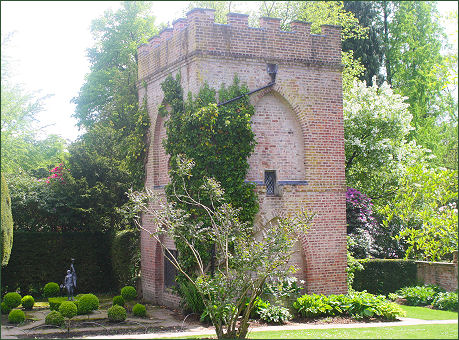
There are many different aspects to be enjoyed, notable features include the Italian Garden, a formal garden on two terraces. Its centrepiece is the statue of Neptune, which came from Venice and was added in 1920. Topiary, Maze, Fernery and Rose Garden. The Tower Garden contains a brick tower whose original purpose was to watch for sheep-stealing on the park land. To the east of the Broad Walk is Maurice Egerton's African Hut.
The African Hut and the Japanese Garden
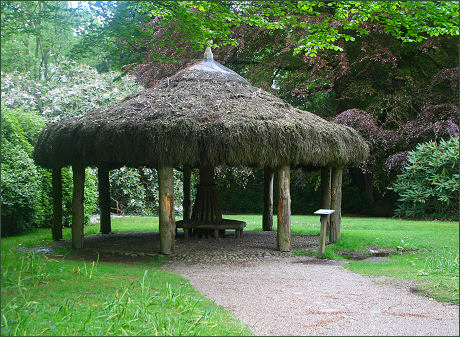

The stylish Japanese Garden, created in 1910 by Alan de Tatton, is one of the finest in Europe. Artefacts in the garden include a Shinto Shrine, a tea house, a bridge over the Golden Brook, and a number of lanterns. The garden contains plants, stones and rocks which have been placed to provide a natural balance. The stones and rocks are selected for their shapes, and a mound has been formed to replicate Mount Fuji with its snow-capped summit. Tours of Tatton Park's Japanese Garden take place in high season.
The Japanese Garden
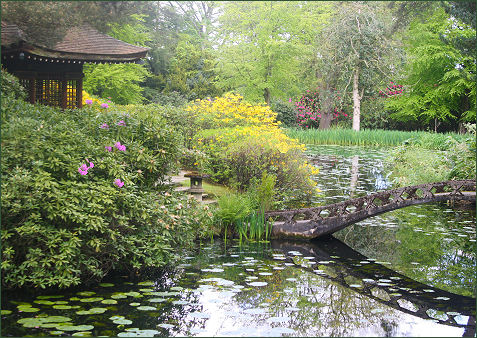
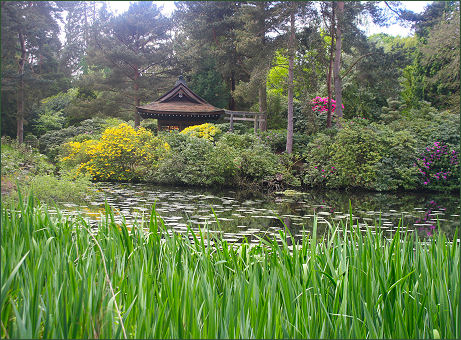
The Walled Kitchen Garden produces quality fruit and vegetables of historic varieties available for sale in the Garden Shop.
The gardens at Tatton Hall are now in the care of the National Trust
